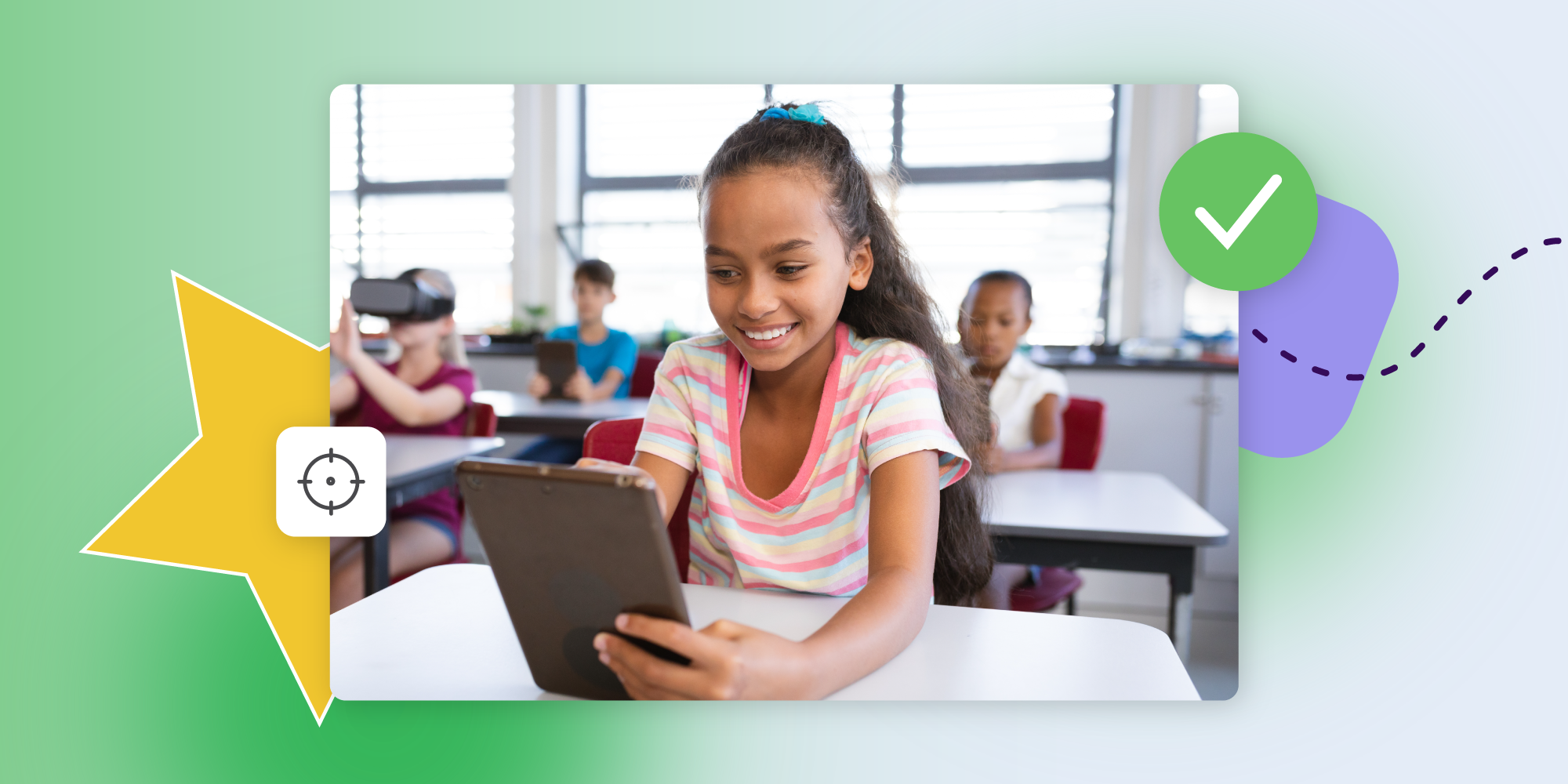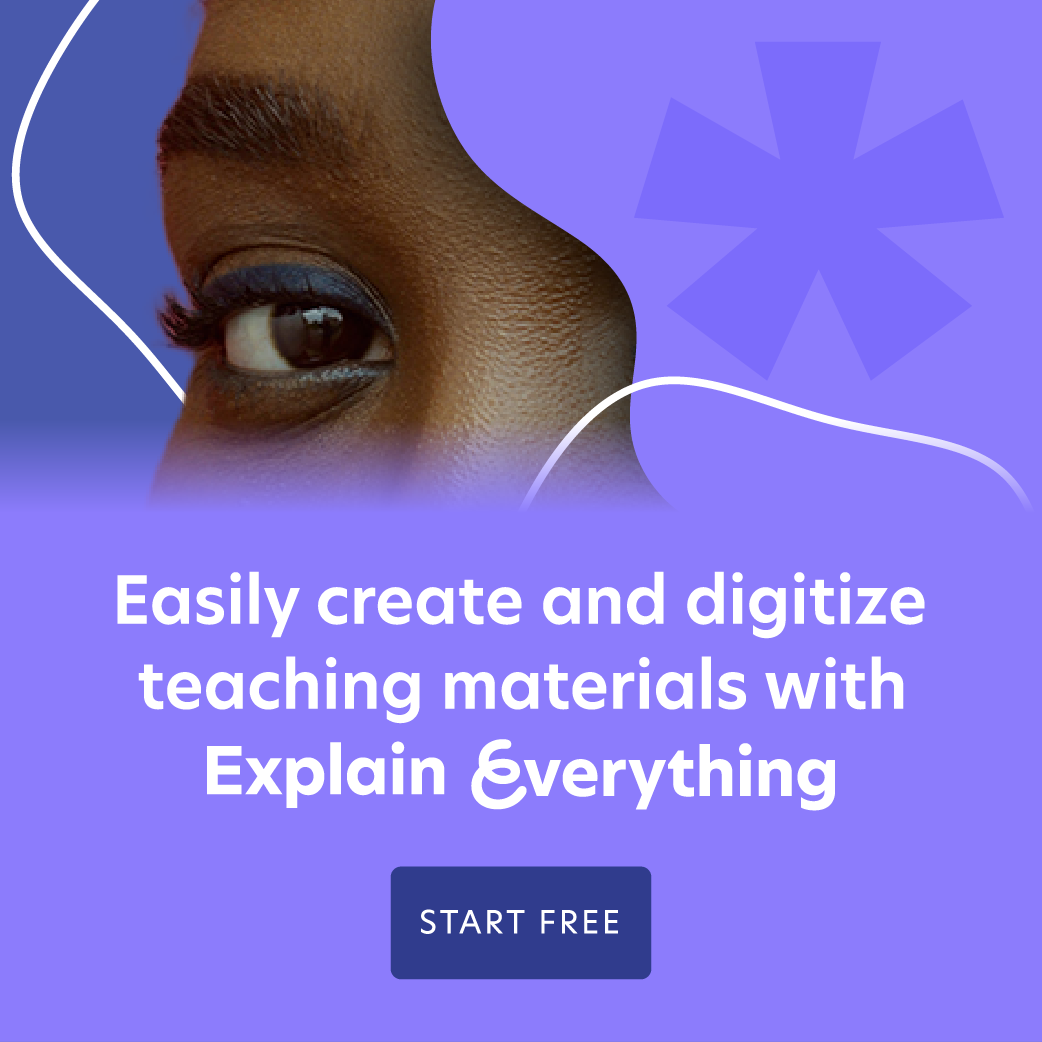Student Self-Assessment Examples With a Digital Whiteboard

Table of Contents
What is Student Self-Assessment?
Student self-assessment is a critical method for teaching ownership and autonomy in education. It gives students the opportunity to evaluate themselves independently and judge their own progress as a learner and as a person. Student self-assessment can be a valuable way of engaging a classroom in the act of recalling knowledge and consolidating information, without the need for consistent formal testing.
Today, student self-assessments have been integrated into teaching at all levels and the practice has shown itself to be highly compatible with evolving edtech. However, it is important to be aware that many students may have positive or negative biases about their abilities. Educators must monitor and be aware of this when implementing the approach.
Why is Technology Important for Student Self-Assessment?
Using new kinds of technology to provide self-assessment activities to students is becoming more and more important because it is a way to make the practice relatable and pertinent to today’s students. It also gives educators a simpler way to monitor the pupils’ self-evaluation methods and correct them if needed.
Equally, with the ongoing emphasis on digital student-centered teaching methods in education, self-assessments are a natural partner of the approach to empower students to take more responsibility for their schooling.
Student Self-Assessment Examples
Below, we’ve put together a collection of tried and tested student self-assessment examples that will help your students to critically assess their performances and help you to identify learning gaps in the classroom. We’ve also included strategies that are designed with smartboards in mind so that technology-enabled classrooms can further augment their lesson plans.
1. Student Journals
If your students are new to self-assessment or other student-centered learning styles, an easy first step is a student journal. Requiring students to reflect on their performance at designated times during the school day will introduce them to the practice of self-assessment. It equally gives them a moment to pause and be mindful of their emotions.
As a teacher, you can provide prompts for reflection, such as:
- What’s something you did today that you’re proud of?
- What is one thing you learned today?
- How do you feel about your most recent lesson?
With the prominence of technology in students’ lives today, student journals could just as easily be student videos or audio recordings. You could even ask students if they want to share their entries and ask the classroom if they’ve experienced the same problems with the subject.
2. Student-Led Lessons
A really quick and useful way to refresh and reinforce your classroom’s learning is to have them teach your lesson back to you. During any free periods or shorter lessons, arrange your pupils into groups and task them with designing a quick lesson plan. These student-led lesson plans can be about a subject recently studied or one chosen from a pre-determined list. Once they’re ready, you can ask one of them to teach the lesson.
This is a great way to assess confidence levels as well as how much of the material the students are able to recall. With a smartboard, you can even provide visual aids and allow the student groups to build a more interactive lesson plan. The overall aim of this approach is to let the students steer their thinking and learning. However, be ready to make corrections, depending on the ages of the students.
3. Get Creative with Posters and Mind maps
One of the best ways to remember information is to visualize concepts and make them tactile. That’s why mind maps and posters can be an ideal way to help students review their studies and assess their learning knowledge. It is also a great way to look out for common patterns or gaps in their learning.
Instead of classic coloring pens and paper projects, why not let the students create their posters and mind maps using the Explain Everything collaborative whiteboard software. With access to a dedicated clipart library, the ability to create audio, video, and animations, and the power to access real examples from the internet, students can really get creative. This versatility also offers the students the opportunity to connect with their learning in a way that makes sense to them. Whether it’s through their own devices or via the board itself, Explain Everything can provide your classroom with a relatable self-assessment approach.
You could even set up a collaborative diagram where each student has to contribute a part that reflects what they’ve learned. These parts could be pre-decided by you and assigned to students specifically to improve their knowledge of areas that you know are lacking or difficult.
4. Classic Feedback Surveys
The humble survey might seem a little old-fashioned, but it is a great way for students to assess their work. It also gives pupils who are unsure or not as strong as others in the class the opportunity to ask for help, without the pressure or intimidation of conventional exams or quizzes.
With Explain Everything’s online whiteboard, it’s possible to present your classroom with fun and interactive surveys, whilst letting them remain anonymous if they wish. These digital surveys can also be attached to homework (for privacy) and reviewed easily, without the burden of physical papers.
Why not turn the survey into a digital version of thumbs up, thumbs down, where each student gets to pick their own thumb picture? It’s a great way to get a quick overview of what concepts might need revisiting in the near future.
Concluding thoughts
Student self-assessment emerges as a pivotal tool in fostering ownership and autonomy in education. As technology continues to evolve, integrating it into self-assessment practices becomes essential for relevance and effectiveness. Take the first step towards a more empowered learning environment—try these student self-assessment methods in your classroom now and see how Explain Everything’s collaborative software can help you in the classroom today. Contact us today and see how you can supercharge your teaching.
Student Self-Assessment FAQs
What is Student Self-Assessment?
Student self-assessment is a critical practice that teaches pupils ownership and autonomy with regard to their education. It can provide students with the opportunity to evaluate themselves independently and judge their own progress as a learner and as a person. It is also good for emotional reflection and pauses in the classroom.

